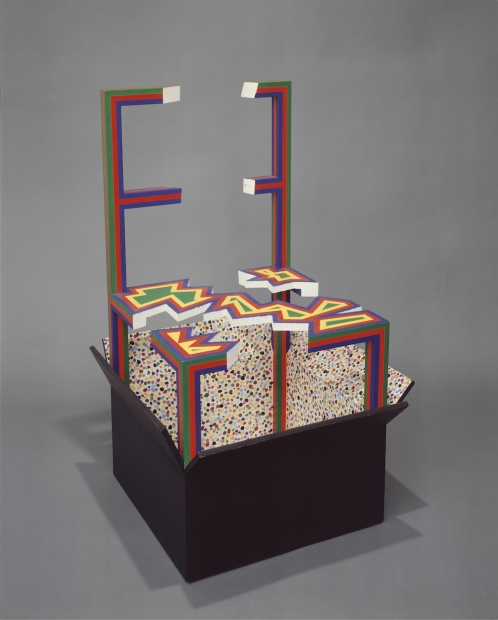According to the old saying "Human spirit and the June wind often change swiftly", and while we can undertake only little to influence the wind, a visit to an architecture or design exhibition should help strengthen, enhance, embolden and thus stabilise the human spirit. In June, or at any time of the year.
Our five recommendations for new exhibitions opening in June 2019 can be found in Ulm, Hornu, Munich, Gothenburg and Boston......
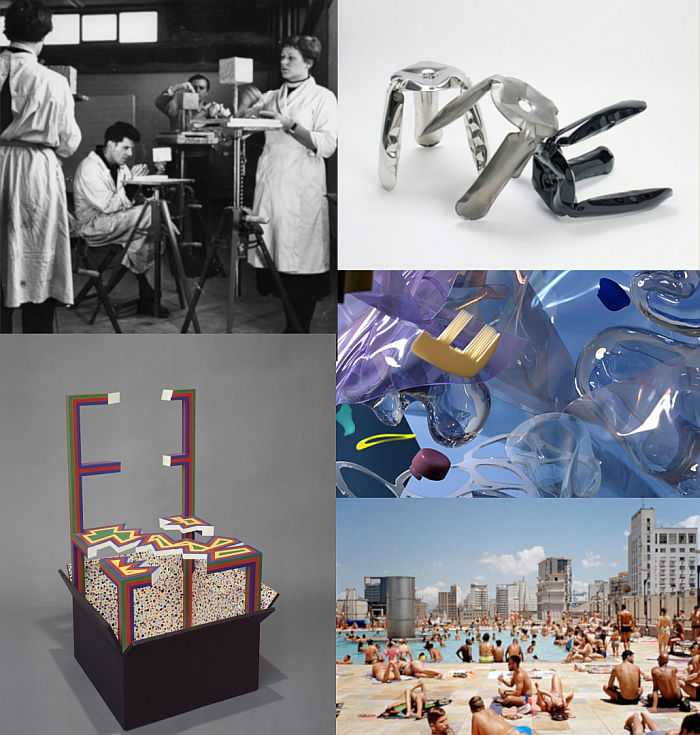
While officially there wasn't a Bauhaus Ulm, with the founding in 1953 by the likes of Max Bill and Inge Aicher-Scholl of the HfG Ulm there was an unofficial, official Bauhaus successor. And thereby a Bauhaus Ulm.
Through a focus on the HfG Ulm's introductory Grundkurs, one of the clearest, most palpable, links to Bauhaus, and a course taught in Ulm's founding years by ex-Bauhäusler such as Josef Albers, Helene Nonné-Schmidt and Walter Peterhans, bauhaus ulm aims not only to explore in how far the HfG Ulm was a legitimate successor of Bauhaus, and its role in the continuation of that which was begun at Bauhaus, or perhaps more accurately at the Bauhauses, but also how the connection and continuation changed and evolved, for all under the influence of the Argentinian design theoretician Tomás Maldonado, recruited by Max Bill in 1956 and who brought with him his own pedagogic understanding.
Beyond the theoretic pedagogic aspects of the HfG Ulm From Peterhans to Maldonado also promises contemplations on the reception of the institution, amongst ex-Bauhäusler and the wider public alike, and also the architecture of the HfG Ulm, for all in relation to the influence of Gropius's Bauhaus Dessau building on Bill's HfG Ulm, and thereby allowing for in-depth considerations on both the HfG Ulm but also the wider relevance of Bauhaus in post-War Germany/Europe.
bauhaus ulm: From Peterhans to Maldonado opens at the HfG-Archiv/Museum Ulm, Am Hochsträß 8, 89081 Ulm on Friday June 28th and runs until Sunday 13th October
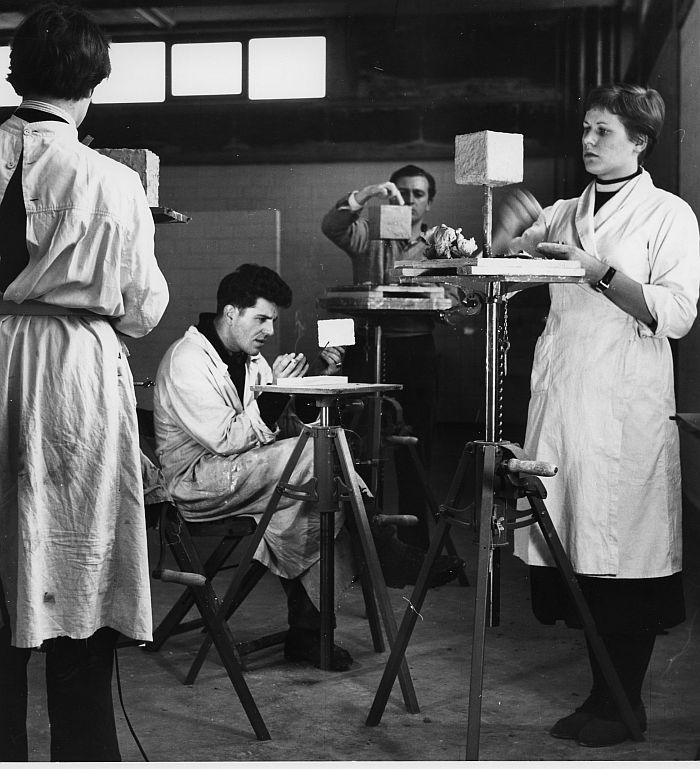
The vast majority of not only the world around us, but us ourselves, is air: invisible, intangible it maybe, but its also indispensable, not only for human existence but throughout history air has played a central role in many important developments; the pneumatic tyre, for example revolutionising transport, while the removal of air, the vacuum, helped move society in all manner of new directions. Yet despite our reliance on air, contemporary society is ever more imperilling air, filling it as we are with ever more toxins and poisons; toxins and poisons which may be as invisible and intangible as air itself. But whose effects, as with air, are very real. Fundamental even.
Promising a selection of projects which both involve air as an essential component, if you will as a material and/or construction element and more conceptual projects reflective of considerations on our relationship to air, including our future relationship(s), Design on Air aims to explore not only the very close inter-relationship between the human organism/society and, as The Hollies so succinctly put it, "the air that I breathe", but also the need to consider the fragility of air.
And thereby sounds not only like allowing for deeper consideration on air, but for all helping to make the intangible and little less so.
Design on Air opens at CID – centre d’innovation et de design au Grand-Hornu, Rue Sainte-Louise, 82, 7301 Hornu on Sunday June 23rd and runs until Sunday October 13th
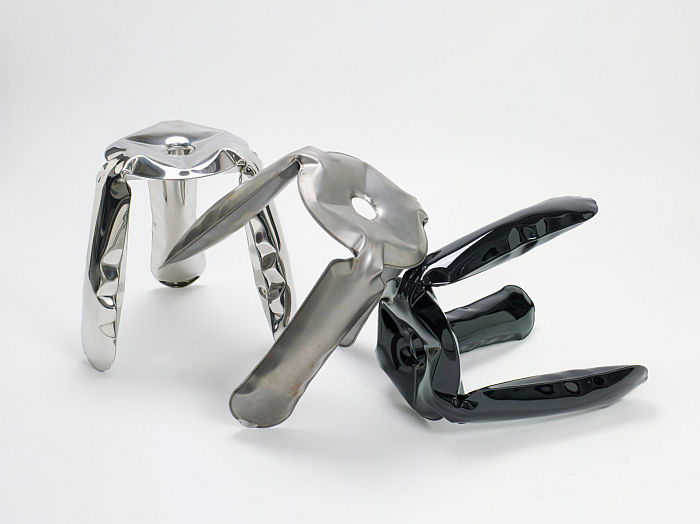
How can contemporary, and future, cities provide the spaces for culture, relaxation, sport and refuge that the human species not only enjoys, but needs?
The question isn't new, isn't that different from the urban design questions posed in the first decades of the 20th century; the difference being that today we're all much more aware of the need for such, and also of the enormity of the problem in achieving such against the background of ever growing urban populations and ever shrinking available space.
Taking São Paulo as its example Access for All promises to explore numerous projects developed since the 1950s and which for the curators stand not only as exemplary for São Paulo’s attempts to approach answers to such questions, but which for all stand as exemplary of architecture as a contributor to social equality and democracy, rather than architecture as representative or artistic, something for itself rather than the people.
And which, one would hope, explains what other cities can learn from São Paulo.
Access for All. São Paulo’s Architectural Infrastructures opens at the Architekturmuseum der TU München, Pinakothek der Moderne, Barerstraße 40, 80333 München on Thursday June 13th and runs until Sunday September 8th
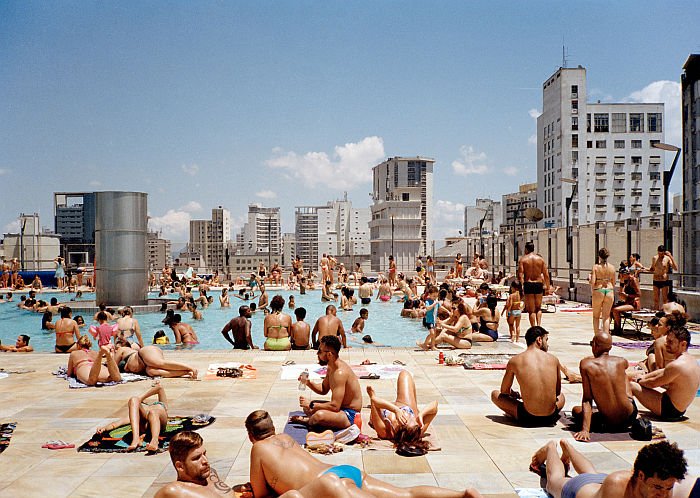
As we hope everyone is aware, the level of plastics in our oceans has reached a stage where stopping putting more plastic into them is no longer enough, we need to remove that which is there, the damage is being done now.
Ocean Plastics at the Röhsska Museum wont change the situation, but does promise to present a mix of the practical and the conceptual which aim to illustrate through four chapters how plastic waste gets into the oceans, why that matters, and for all how designers can contribute, are contributing to, both the reduction in plastic waste and the removal of that which is already in our oceans.
And by extrapolation should, hopefully, not only make us all think a little more carefully about our own contribution to the oceans of plastics, but also underscore the need for greater public investment in tackling the problem.
Ocean Plastics opens at the Röhsska Museum, Vasagatan 37-39, 413 21 Gothenburg on Saturday June 15th and runs until Sunday January 5th
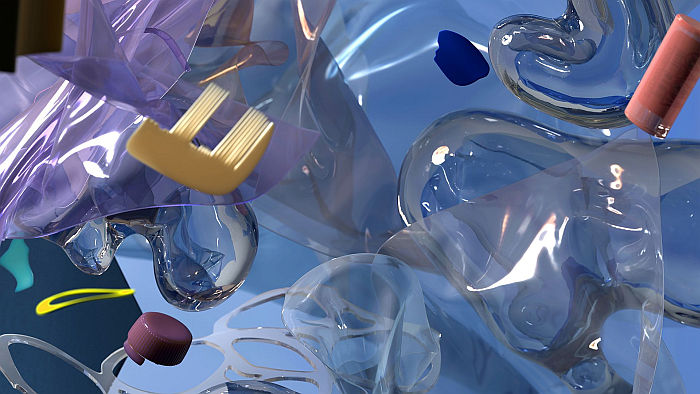
While for the likes of Adolf Loos ornamentation may have been crime, for others ornamentation, patterns and decoration are not only an essential joy, but an important contra-position to the dogmatic visual clarity of formalists, functionalists, minimalists and their ilk.
Promising a presentation of works of art and design by the likes of, and amongst many others, Jasper Johns, Lucas Samaras, Sol LeWitt or Ettore Sottsass, and which celebrate and exploit a move towards the more extreme, Less is a Bore aims to explore the role of a more fulsome expression in challenging accepted norms and pushing new positions and ideals in not only art and design, but wider society.
Less Is a Bore: Maximalist Art & Design opens at the Institute of Contemporary Art, 25 Harbor Shore Drive, Boston, MA 02210 on Wednesday June 26th and runs until Sunday September 22nd
